With such vast swathes of untouched wilderness in Montenegro, and indeed other Balkan countries, there’s a lot of wildlife to discover out there, particularly of the bird variety.
Whether you’re a seasoned twitcher or a casual admirer of our feathered friends, we’ve listed 13 birds you can expect to see in Montenegro, where we run our birdwatching holiday, and other parts of the Balkans.
Most of the birds below can be found around wetlands such as Lake Skadar, or mountainous regions like Durmitor; both locations on our birding week.
How many can you tick off the list?
1. Dalmatian Pelican
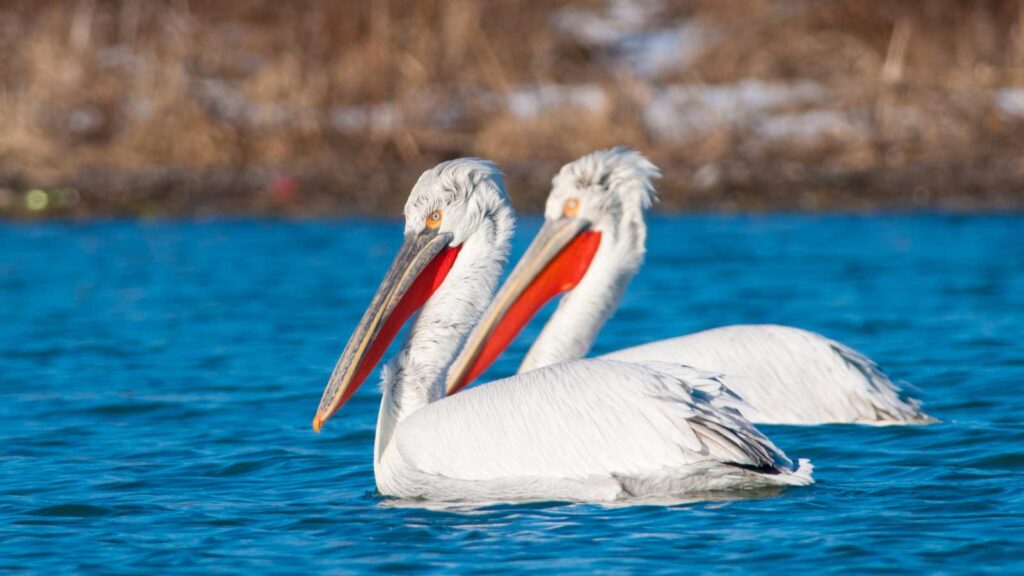
The Dalmatian Pelican is the world’s largest flying freshwater bird with males boasting a wingspan of up to 3.5 metres and weighing around 9.5kg.
These remarkable birds have called Lake Skadar home since at least the 19th century and when we first arrived there in 2008, they were critically endangered. Thanks to conservation efforts since then which we’ve supported, their numbers are on the rise. The work to save this species is far from done, but they’re heading in the right direction – there’s now a 300-strong colony at Lake Skadar (Lake Shkodra on the Albanian side). You can also find them on Lake Prespa, shared by Albania and Greece, which you can visit on our South Albania holiday.
2. Pygmy Cormorant
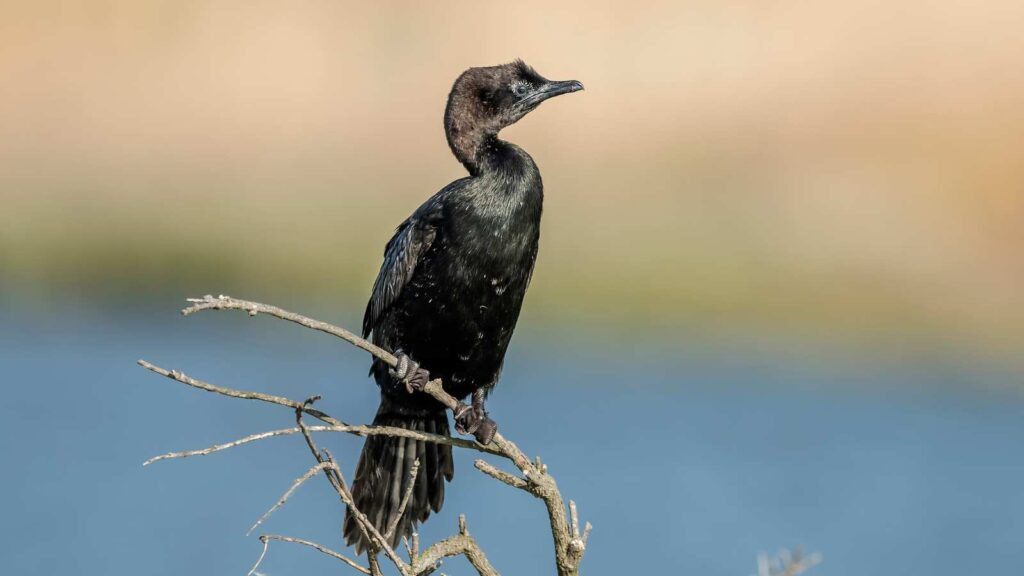
Pygmy Cormorants are about the size of a mallard and their colour changes slightly with the seasons. In summer, adults are dark with a bronze-green hue and in winter, they have a white throat and their breast feathers turn lighter. Their short bill, stubby neck and small body distinguishes them from other cormorants.
These little freshwater birds can be found in wetlands and deltas across southeast Europe, with Lake Skadar home to the world’s second largest colony. When out birding, keep your eyes down low and scan the reeds where they like to nest. You’ll also spot them out and about on lily pads and branches as they hunt for food.
3. Collared Pratincole
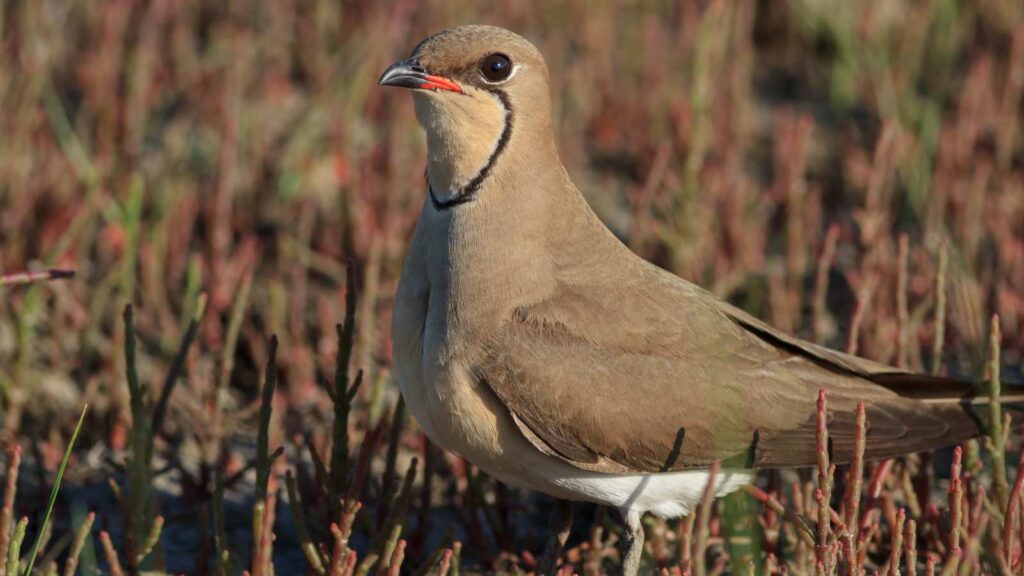
An Old World bird, the Collared Pratincole (aka Common Pranticole or Red-winged Pratincole) is found widely across Europe, Africa and south and central Asia.
Adults are a taupe-grey colour with black tail feathers, a distinctive black “necklace” and red bill base. Youngsters are more grey and have white fringed feathers. Collared Pratincoles are found gliding over meadows and grassy wetlands, meaning the floodplains that circle Lake Skadar are their ideal stomping ground. They’re graceful fliers, feeding in-flight on aerial insects.
7 Day Birdwatching Holiday in Montenegro
This expert-guided tour begins in Lake Skadar National Park, one of Europe’s top migratory bird sites and a home to the Dalmatian Pelican. See waders and flamingoes in the Ulcinj Saltpans and round off the adventure in one of Europe’s last remaining primeval forests.
Hurry! Last few April 2025 spaces remaining.
4. Western Rock Nuthatch
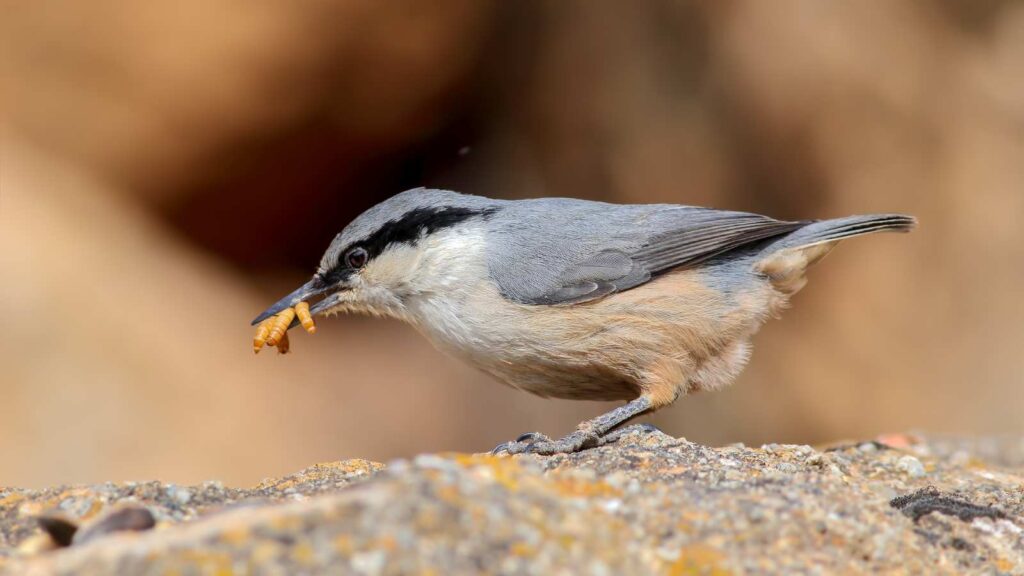
This little rock dweller is characterised by its black Batman-like mask, grey top coat and cream underbelly. Western Rock Nuthatches are found in mountainous, rocky terrain where they make nests out of mud which stick to the side of cliffs.
You’ll find the Western Rock Nuthatch across southeastern Europe from Croatia through to Turkey and Iran. They’re the larger, longer and stronger cousins to the Eurasian Nuthatch and Eastern Rock Nuthatch.
5. Short-toed Eagle
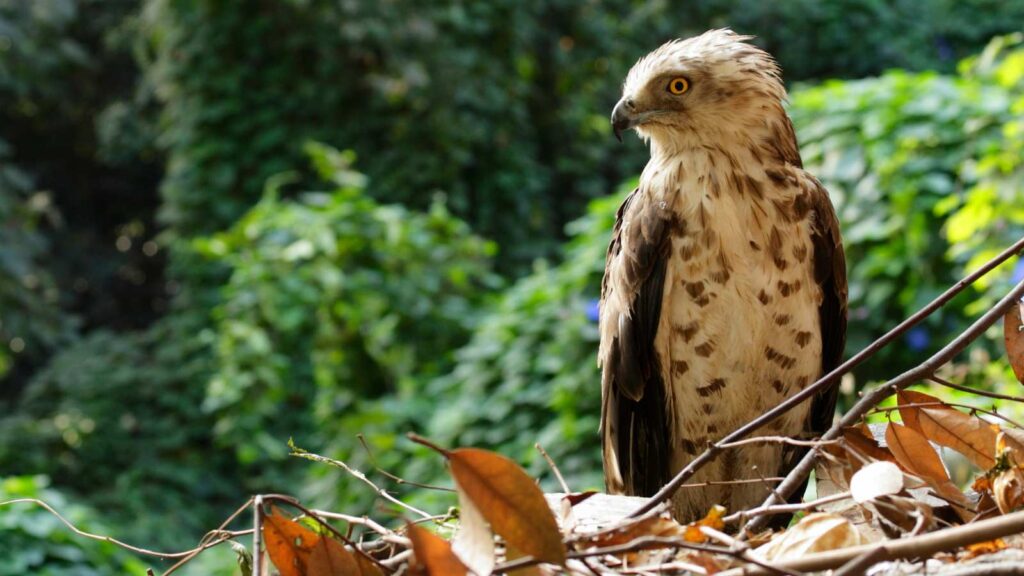
The magnificent Short-toed Eagle (also known as Snake Eagle) has piercing yellow eyes and a dark head which make it look owl-like. In contrast, its body is brown with a white ribboned undercarriage. Short-toed Eagles like to hunt in wide, open spaces and you’ll likely spot one in the air while it’s eyeing up its prey as it tends to hover over it. We often see them gliding over the rocky cliffs above Villa Miela, the base for our birding week.
There are Short-toed Eagle populations widely across Europe as well as parts of Africa, the Middle East, India and even as far as Indonesia.
6. Eagle Owl
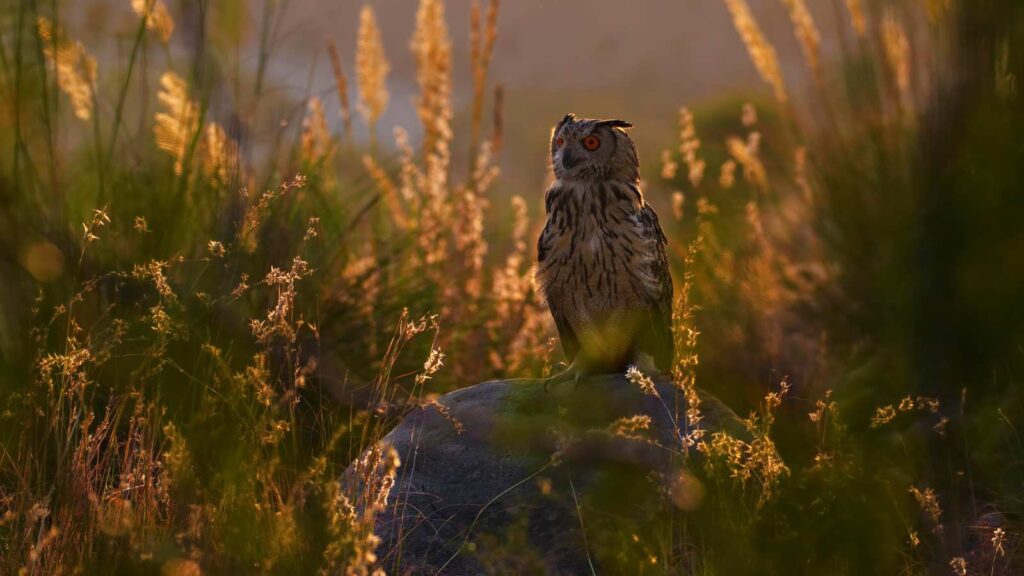
The mighty Eagle Owl is the world’s largest owl with a wingspan of up to 1.8m and weighing up to 4kg. It’s characterised by its striking, pumpkin orange eyes and prominent tufts.
The Eagle Owl likes mountainous, rocky habitats – making the Dinaric Alps with their vast undisturbed forests a dream home for them. Eagle Owls are nocturnal, so your chances of spotting one in daylight are slim but not impossible as they are known to be out roosting in shady canopies or caves during the day.
7. Green Woodpecker
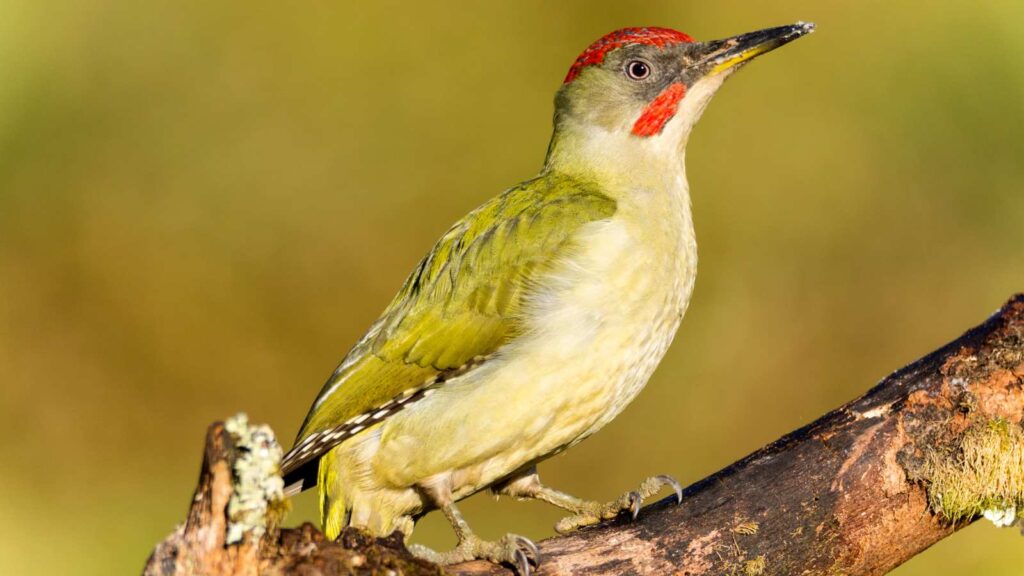
With its lime green feathers and red crown, the Green Woodpecker looks like it belongs in the tropical rainforests of Costa Rica. But it’s found widely across Europe in a variety of habitats, from open woodlands to gardens.
Unlike most woodpeckers and despite its name, the Green Woodpecker feeds mainly on the ground rather than in the trees. You might spot one digging for worms in the willow forests of Lake Skadar National Park if you’re hawk-eyed enough.
8. Rufous-tailed Rock Thrush
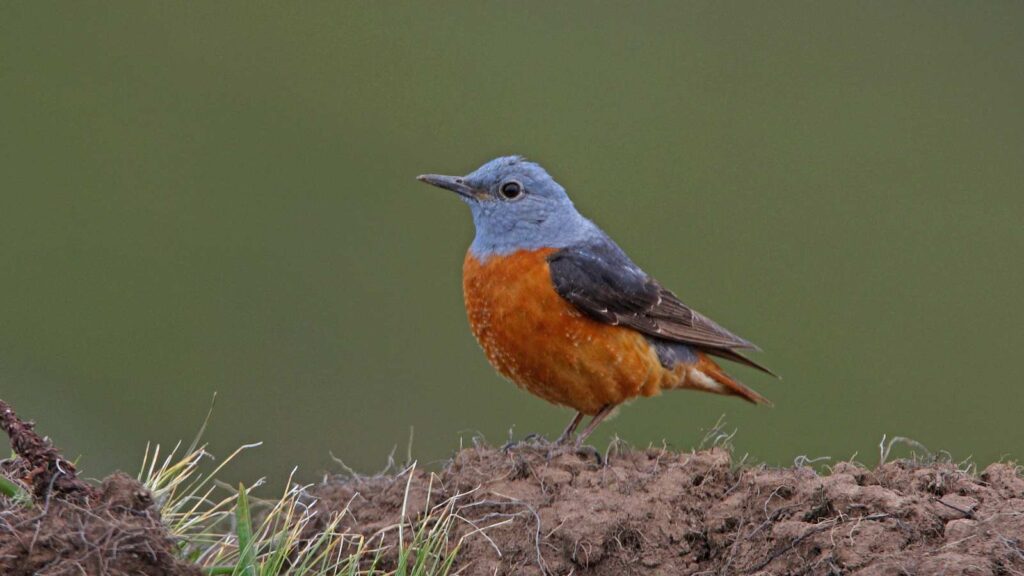
Another vibrant bird, male Rufous-tailed Rock Thrushes are easier to identify with their chestnut orange underbelly, blue-grey head and brown-white wings. Females are less vibrant with more of an all over red-brown ribboned pattern.
Like the Nuthatch, the Rufous-tailed Rock Thrush breeds in rocky mountain habitats and alpine meadows at an altitude of 1,500m (5,000ft) and above. You could well hear one before you see it if it’s singing in flight, a tune similar to that of the Eurasian Blackbird.
9. Ortolan Bunting
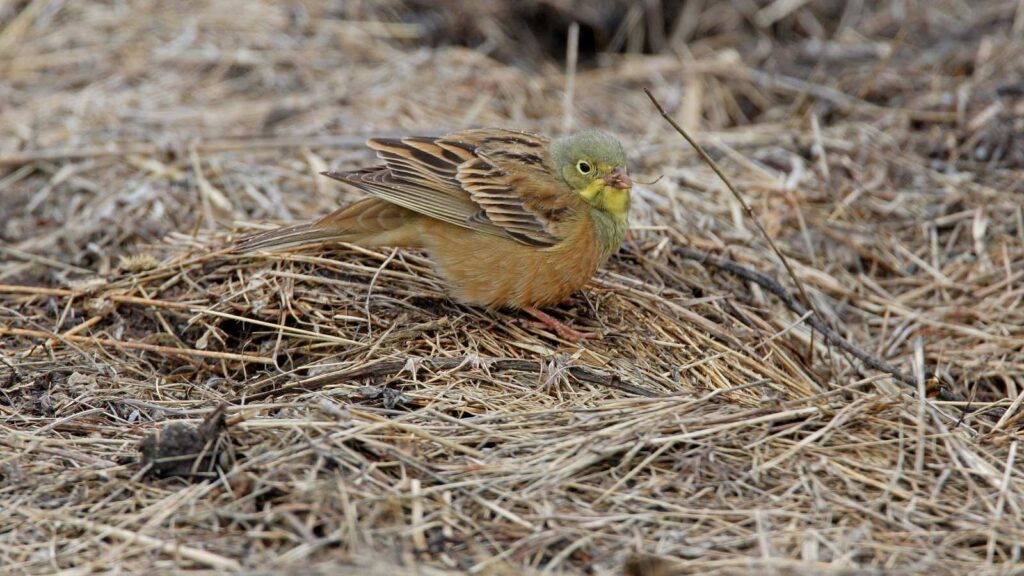
These fluffy little fellas can be identified by their yellow mustache (males), eyering and throat markings which contrast against their chestnut belly and intricate upper bodies. Like the Rufous-tailed Rock Thrush, the females and chicks of this breed aren’t quite as colourful, so may not be as distinguishable.
Ortolan Buntings can be spotted in open and semi-open agricultural areas, slopes and mountains where there are scattered woodlands across Europe and the Middle East.
Related:
- Protecting the Dalmatian Pelicans of Lake Skadar: Undiscovered Balkans and Montenegrin Conservationists Join Forces
- Dalmatian Pelican to wild horses: 14 animals found in the Balkans
- The 7 best national parks in the Western Balkans
10. Rock Partridge
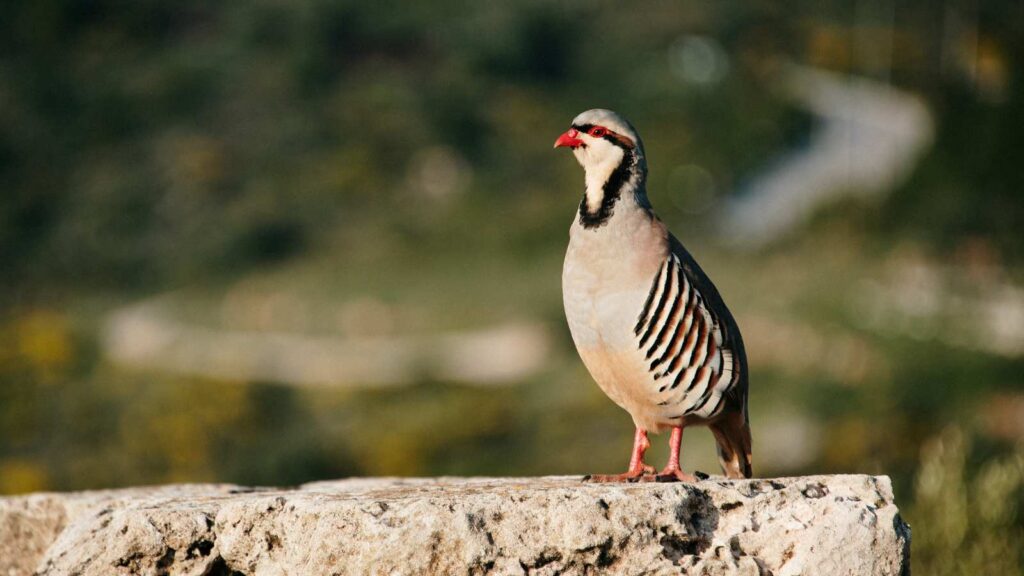
Aka the Chukar, the Rock Partridge has a small head, full, round body and short legs. Its black diamond-shaped face marking and orange “eye-liner” are its signature traits. It has a grey head, black back and white undercarriage with black stripes.
As its name eludes, the Rock Partridge prefers dry, rocky slopes and mountain forests. It can be found mostly in southeastern Europe, but they have been sighted in the Alpine borders of Switzerland, France, Austria and Italy. These chaps are highly territorial and vocal – particularly first thing in the morning.
11. Red-footed Falcon
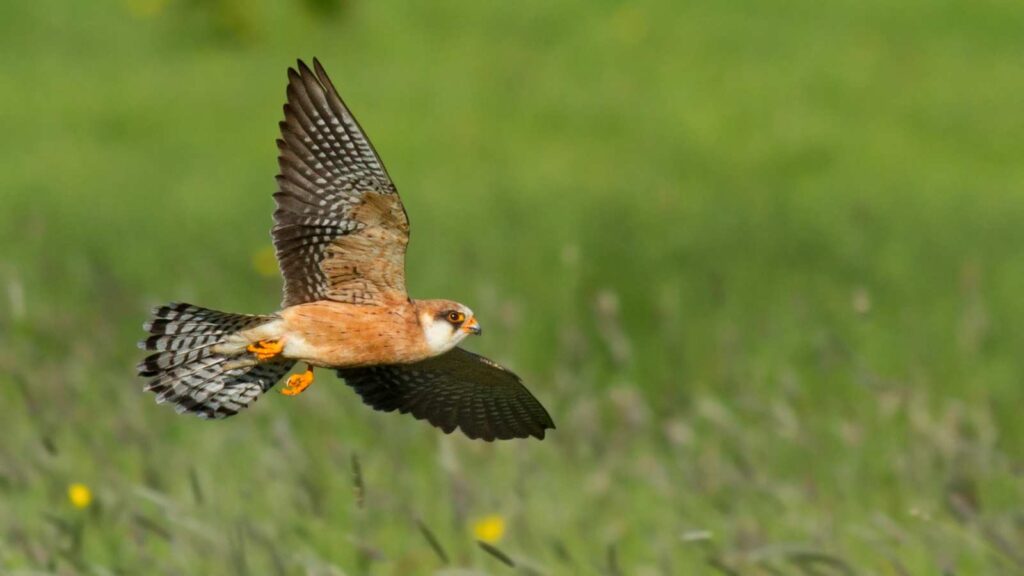
Both the males and females of this elegant species have distinctive coats. Females have beautiful golden-orange speckled undercarriages and bright orange bills and “eyeliner,” and their wings are a dark brown-black with white markings. The feet are a bright orange-red. Males have a blue-grey body which contrasts even more dramatically against the striking orange facial markings and feet.
Red-footed Falcons are often seen perched on phone lines and posts and they nest in colonies in old Corvid nests. They hunt in semi-open habitats near water, so remember to look up every now and then when out birding in Lake Skadar National Park.
12. Squacco Heron
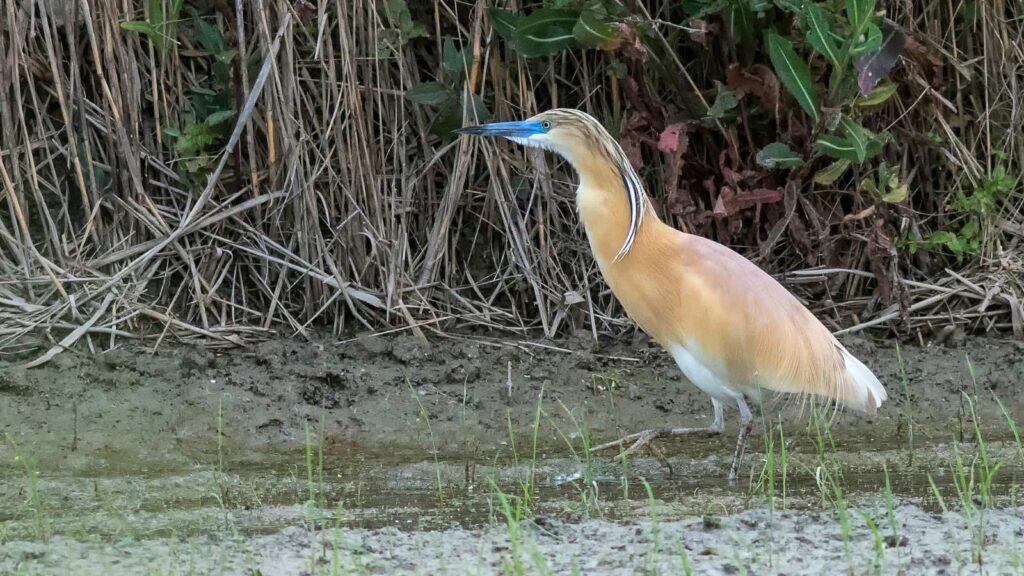
A small, stocky member of the heron family, the Squacco Heron has a vibrant cobalt blue bill, palomino brown body and long, black and white plume. They appear mostly white from underneath when they’re in flight. Adults have a rich, buffy neck while youngsters have a streaked neck.
You will likely see one tip-toeing around the edge of a lake or marsh hunting for food. Their sluggish hunting method makes them easy to spot and photograph.
13. Whiskered Tern
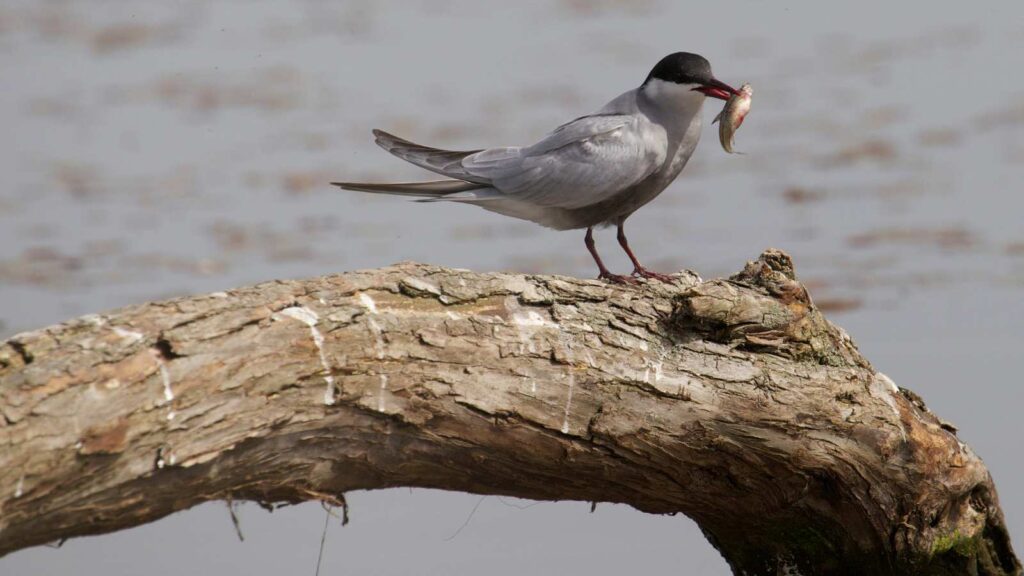
The Whiskered Tern is a small, stout marsh tern characterised by its smoky grey body, black “cap” and white cheeks which look like whiskers from a distance – hence the name. Non-breeding Whiskered Terns have a more silver-grey coat and grey “cap” while their young have a dark-checkered back and facial markings are less prominent.
These little birdies can be found in wetlands, marshes and lakes across the world. They eat small fish, amphibians and insects which they hunt using three methods: plunging, dipping and hawking. Keep your eyes at water level when birding to spot one.
Feeling inspired? Subscribe to our free monthly newsletter for more Balkan travel inspiration, 5% off tours, and first dibs on our new trips and offers.

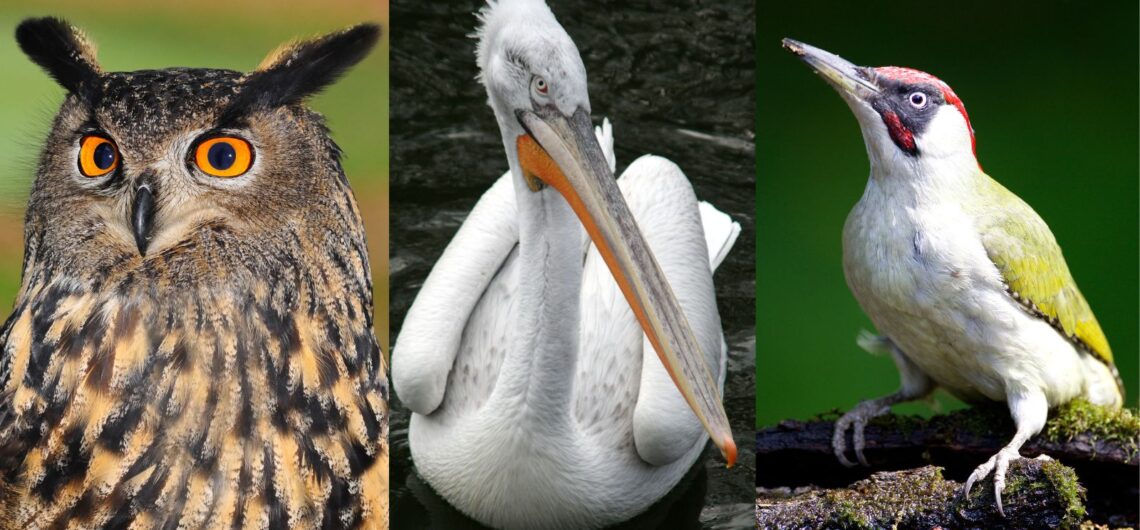
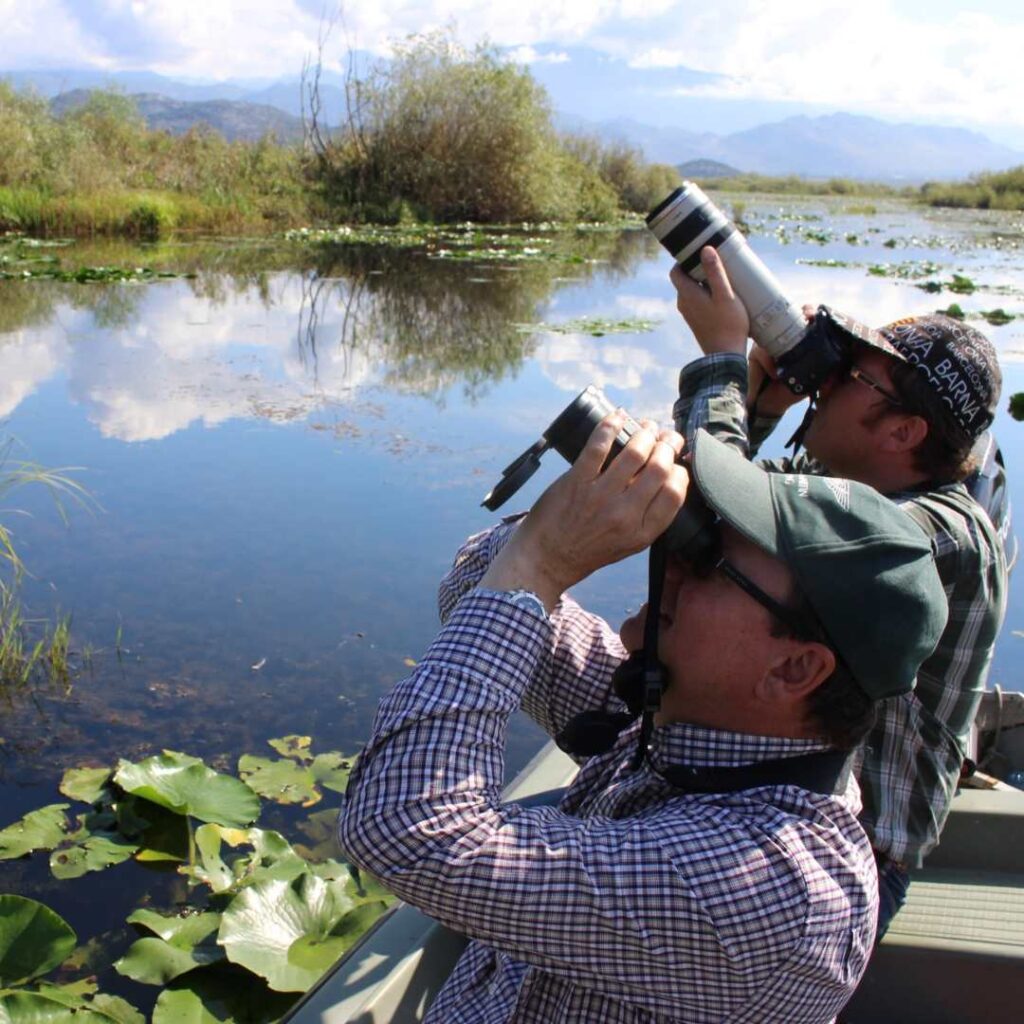
Comments